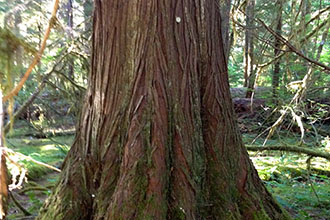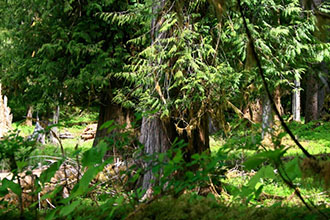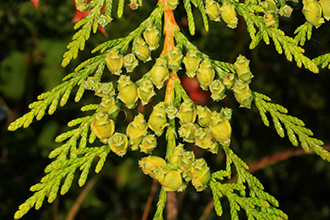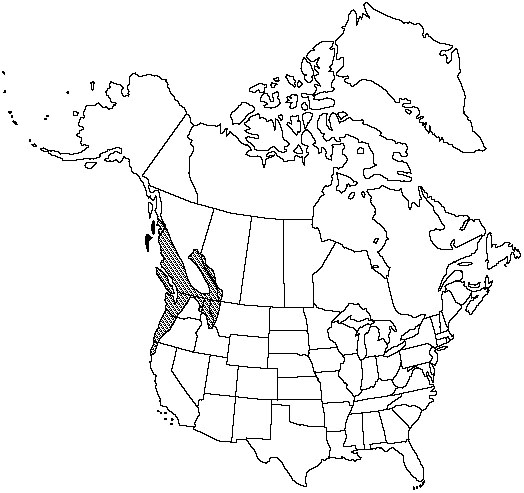Taxonomy: Kingdom - Plantae (plants). Subkingdom - Tracheobionta (vascular plants). Superdivision - Spermatophyta (seed plants). Division - Coniferophyta (conifers). Class - Pinopsida. Order - Pinales. Family - Cupressaceae (cypress). Genus - Thuja L. Species -Thuja plicata Donn ex D. Don
Ecology: Western redcedar is very shade tolerant. It is one of the most shade tolerant species growing in cedar-hemlock ecosystems of the northern Rocky Mountains. It is usually considered a climax or near climax species, but it can be found in all stages of forest succession. It invades disturbed areas as widely distributed seeds but regenerates vegetatively in undisturbed areas, tolerating competition in both. Moisture and soil conditions strongly influence the successional status of western redcedar.



